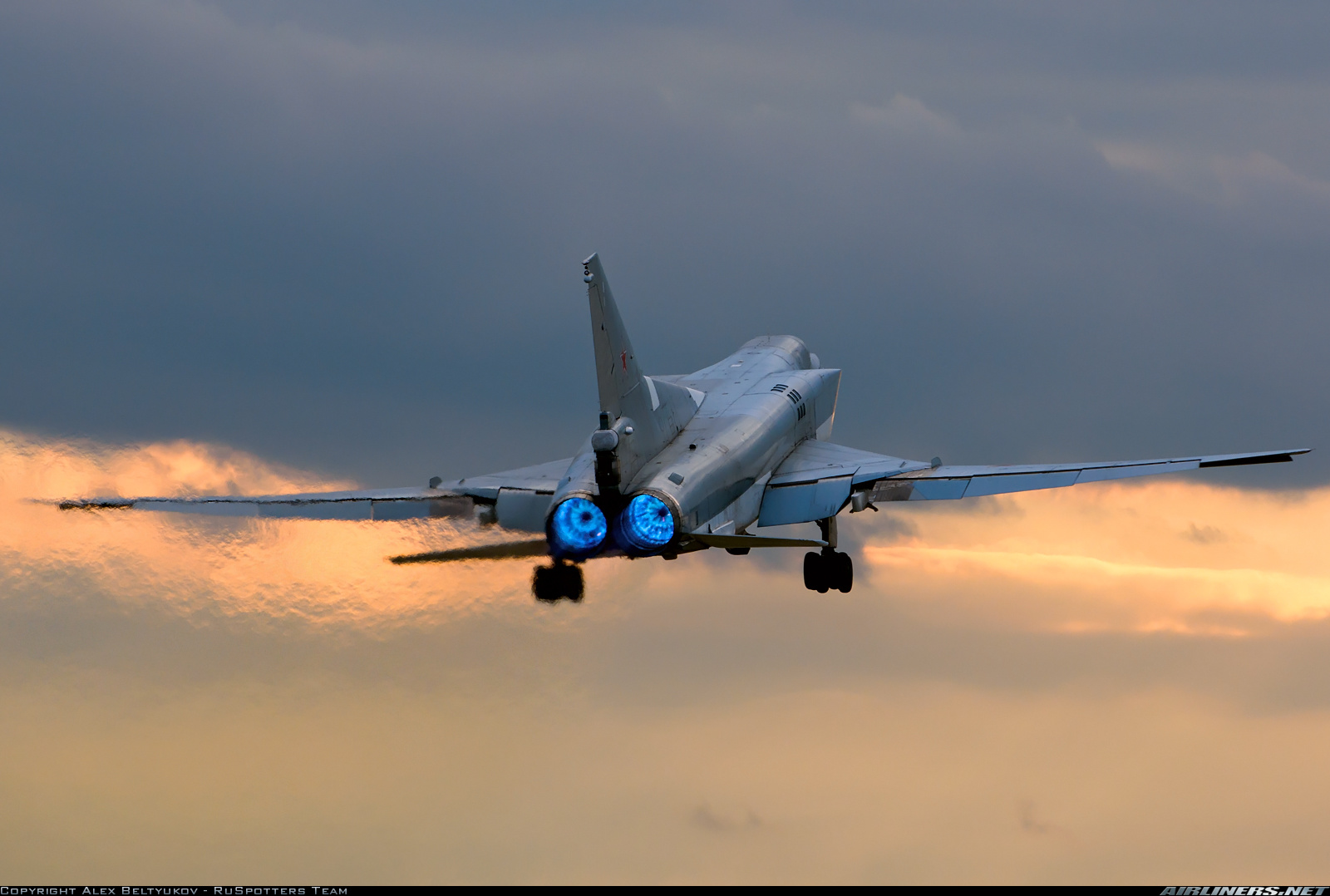SamuraiBlue
Captain
Ah no. I don't think so.
As I said it's a possibility but It's usually on the side of the engine and never in the center.
Ah no. I don't think so.
So you mean the Su-27s and J-11s have more powerful engines than the F-15? What about fuel efficiency? I know F-15s have combat radius of 1,800(E model) to 1,900km(earlier C model), but Su-27s and Su-30s only have 1,500km.For example, engines of F-15 emit yellow flame that becomes almost white in full afterburner mode . Flankers on the other hand require even more powerful engines, therefore higher temperatures and shift to blue .
So you mean the Su-27s and J-11s have more powerful engines than the F-15? What about fuel efficiency? I know F-15s have combat radius of 1,800(E model) to 1,900km(earlier C model), but Su-27s and Su-30s only have 1,500km.
Fine to disagree. But remember, he just mentioned it as a possibility...not that it was definitely the cause.Ah no. I don't think so.
I guess we are talking about the late 1970's era F-15Cs then. I know the F-15E uses a much more powerful engine, one with 29,000 pounds-force, but still spits yellow fire rather than blue ones. Maybe Russian engines just happen to have afterburners that tolerate slightly higher temperatures, and the Chinese designers based their designs on 1980's Soviet technology? However, from most sources I have read, it seem like China got its engine core technology from civilian CFM engines, and then militarize them. Please tell me more...I have never taken a physics class. Only four biology classes and two chemistry ones.Pratt & Whitney F100
Maximum :
14,590 pounds-force (64.9 kN) military thrust,
23,770 pounds-force (105.7 kN) with afterburner
:
7.4:1
As I said it's a possibility but It's usually on the side of the engine and never in the center.
I guess we are talking about the late 1970's era F-15Cs then. I know the F-15E uses a much more powerful engine, one with 29,000 pounds-force, but still spits yellow fire rather than blue ones.


